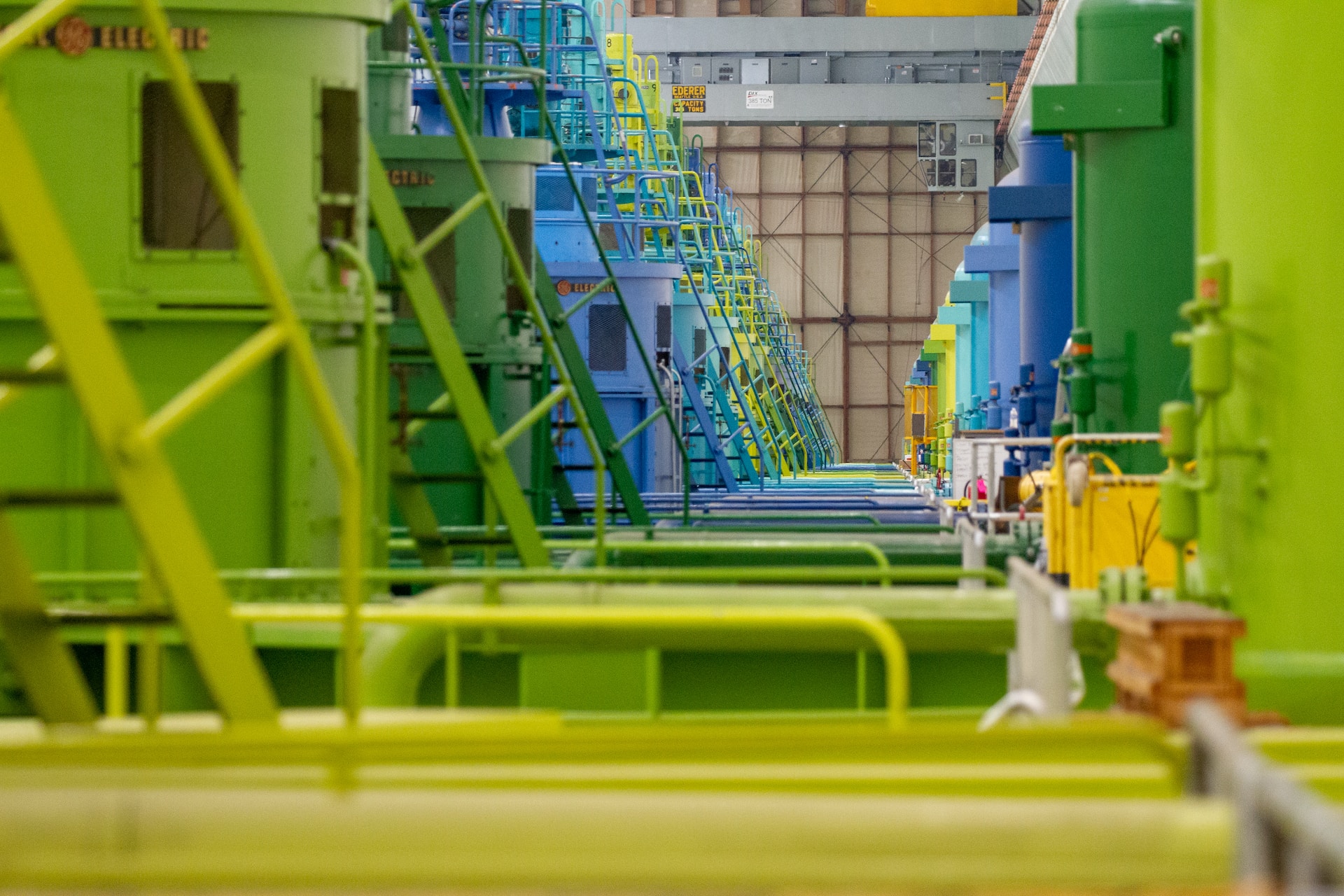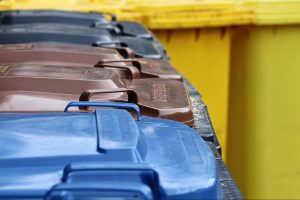Industrial Cleaning Methods that Reduce Waste

If you work in an industrial setting, it’s only natural you’re on the lookout for new ways to optimise your processes.
While the cleaning processes in the home and commercial office spaces are utilising new technological innovations and green products, it can sometimes feel like industrial cleaning methods are lagging.
However, industrial facilities can be some of the most challenging environments to keep clean and waste-free. Cleaners will be working around heavy machinery, paints, metal shavings, and fibreglass, so generic cleaners like anti-bac sprays and glass cleaners aren’t always effective. And yet, sustainable solutions are still possible.
The future of cleaning is here and it’s looking bright!
What is Industrial Cleaning?
Industrial cleaning involves cleaning hazardous areas such as warehouses, factories, and power plants.
Industrial facilities are busy, high-traffic areas that often manufacture goods and products around the clock. So, dirt and debris can accumulate quickly and it’s important to remove them to avoid harming workers or damaging expensive machinery.
In this article, we will be sharing some of the best industrial cleaning methods and how they reduce waste, so you can care for both your facility and the planet.
Types of Industrial Cleaning
Before we jump into the article and look at cleaning methods, let’s look at the types of industrial cleaning that are often required in manufacturing and warehouse facilities. There are many different types of industrial cleaning services, including:
- Asbestos removal
- Lead removal and abatement
- Mercury spill clean-up
- Mould removal
- Decontamination of chemical spills
- Industrial vacuuming
Now that you know the different types of industrial cleaning, let’s take a look at the methods you can use and how waste can be reduced in the process.
A Few Tips for Reducing Waste
Review your processes: for example, if you are in the manufacturing industry you can review your processes to make them more efficient by recycling all of your dry mixed recyclables.
Consider a waste exchange: waste exchanges are a great way to collaborate with other businesses. By exchanging your waste so that it can be utilised by someone else, you are reusing it, thereby preventing it from ending up in landfill.
Reduce packaging: this can be done in two ways. Firstly, reduce the packaging of the products you produce. Secondly, be mindful of the amount of packaging you receive on suppliers’ products and consider switching suppliers or buying in bulk.
Cut back on bottled water: plastic bottles are absolutely everywhere, and they just end up in landfill or polluting the oceans. Tapwater found that the UK consumes 18 billion plastic bottles every year. That’s huge! By making the switch from bottled water to drinking glasses or reusable drink bottles, you can significantly reduce your plastic waste.
Start with Preliminary Cleaning
Before cleaning begins, it is important to go over the same and remove large spots of dirt or debris. Not only will this make the thorough cleaning easier, but it will cut down on the overall time required.
We recommend using large brooms to sweep up loose materials and dispose of them effectively. The space can then be vacuumed with an industrial-strength vacuum with HEPA filter to prevent dust from swirling into the air.
Start High
Once a preliminary clean has been carried out and large spots or dirt or debris removed, it is safe to commence thorough cleaning. Our advice is to start up high first so that any debris will naturally fall to the lower levels.
This is a great way to reduce waste as it prevents you from spending extra time and resources sweeping lower shelves and floors twice. Some high-up areas to address include (but are not limited to):
- The tops of pallets and pallet racks
- Tops of shelving and storage areas
- Upper windows and ledges
- Heating and/or cooling ducts
- Light fixtures
Telescopic cleaning attachments are a great solution for cleaning hard-to-reach spaces, as well as accordion lifts.
Dry Cleaning for Industrial Spaces
Dry cleaning is a method of industrial cleaning that removes dust and loose contamination from the air. The dust is removed with brushes that are specially designed to remove even ultra-fine pollutants from the environment.
Dust is one of the most dangerous pollutants to the air in industrial spaces. So, eliminating airborne dust particles through dry cleaning is essential. Any fine coatings of dust that aren’t picked up by the dry brushes can be removed by a wet cleaning method later on. Dry cleaning is very effective, however, and does not produce any waste.
Wet Cleaning for Industrial Spaces
Not all loose contaminants will be picked up by the dry cleaning process, so it is important to follow with wet cleaning. Electronic items and machinery are typically cleaned using high-pressure sprayers that get rid of any lingering dirt. Wet cleaning is also effective for getting rid of adhesive pollutants such as oils, greasy substances, acids and salts, and encrustations. Only wet cleaning will be able to clean these surfaces effectively.
Typically, wet cleaning uses aqueous or organic cleaning agents and a sprayer or brush. These cleaning agents typically evaporate and will not leave behind any residues, traces, or moisture. Wet cleaning is a fast and efficient method of cleaning that reduces labour time and requires very little products – greatly reducing time spent and waste accumulated.
Electrostatic Cleaning
Since the outbreak of COVID-19, electrostatic cleaning has drastically increased in popularity. Electrostatic cleaning is a method of disinfection application used to apply disinfectant, sanitisers, and mould preventatives to all surfaces for a thorough, 360-degree clean.
Electrostatic cleaning is often used in industrial facilities, particularly where a mould or bacteria outbreak has occurred, as they provide quick and easy coverage, self-drying formulas that negate the need for the traditional mop and bucket approach. Electrostatic cleaning is waste free, time-saving, and effective.
Assign Zones of Responsibility
Keeping on top of the cleaning in an industrial facility can be hard work – especially if your team works around the clock, 7 days a week, to get products out to your customers. When you work in a space that is always busy, it can be hard for cleaners to disinfect, vacuum, and dust. So, it can be helpful to assign working zones that employees are responsible for while they are on shift.
You can create a rule that means employees must clean their space before leaving work for the day. It doesn’t have to be extensive cleaning – simple things like picking up rubbish, sweeping the floor, and wiping down equipment can make all the difference.
We hope the tips above have been helpful!








